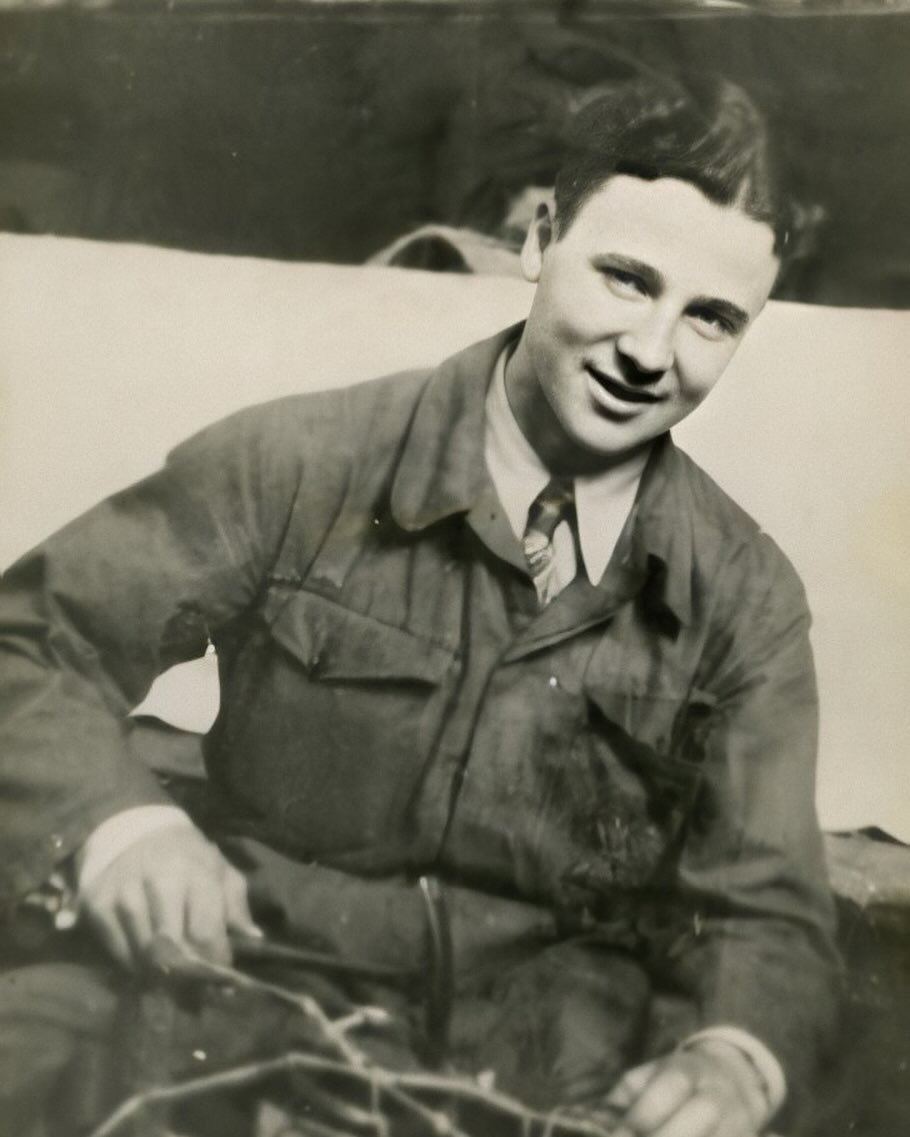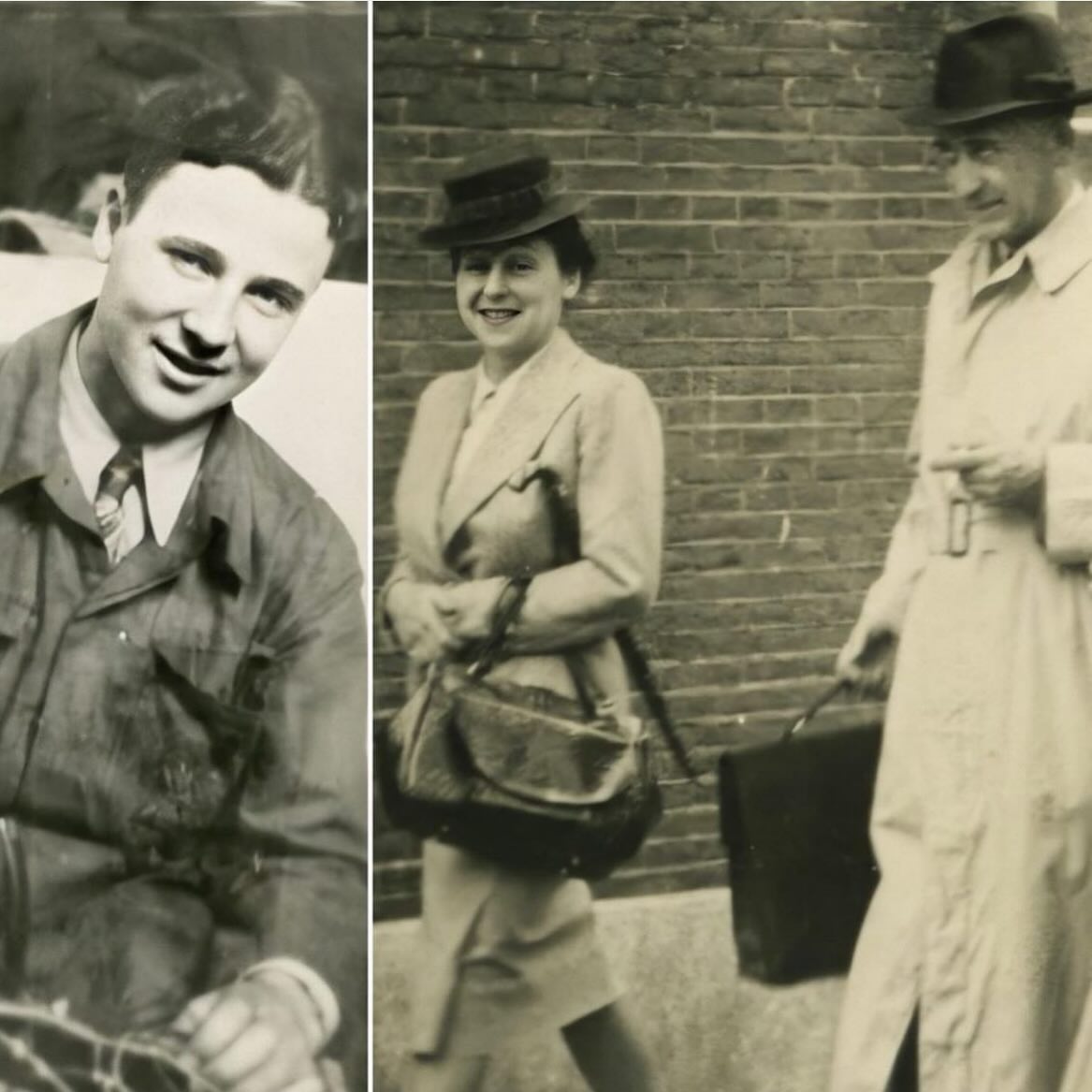Peter’s Final Journey

On January 19, 1945, Peter van Pels was among the last 2500 prisoners to leave Auschwitz-Birkenau. The Nazis, in a desperate attempt to erase their crimes as the Soviet army advanced, forced the prisoners on a brutal “death march.” This trek led Peter to Mauthausen concentration camp in Austria, a place known for its barbarous conditions and cruel treatment of prisoners.
He was put to work in Melk, a satellite camp of Mauthausen, where he faced unimaginable hardship. There was no medical care, and the prisoners were worked and starved to death. Peter’s health, already weakened by his time in Auschwitz, deteriorated quickly. In April 1945, he was transferred to a hospital barracks in Mauthausen’s main camp.
Mauthausen was liberated by the American army on May 5, 1945. For five days, Peter was a free man, a survivor. But his body, ravaged by months of starvation and disease, could no longer fight. According to a list drafted by the Americans, he died five days later, on May 10, 1945, at the age of 18.

Otto Frank, the only survivor of the Secret Annex, spoke of Peter with immense love and respect. He recalled how Peter “acted like a son to help me,” bringing him “extra food” and offering him a quiet, gentle presence. “Peter was a very good boy, really a good-hearted boy,” Otto said.
Peter van Pels’s death, just days after liberation, is a heartbreaking reminder of the war’s final, cruel blows. He was a boy who, in the darkest of times, had a good heart and a kind spirit, a spirit that would endure in the memories of those who loved him.